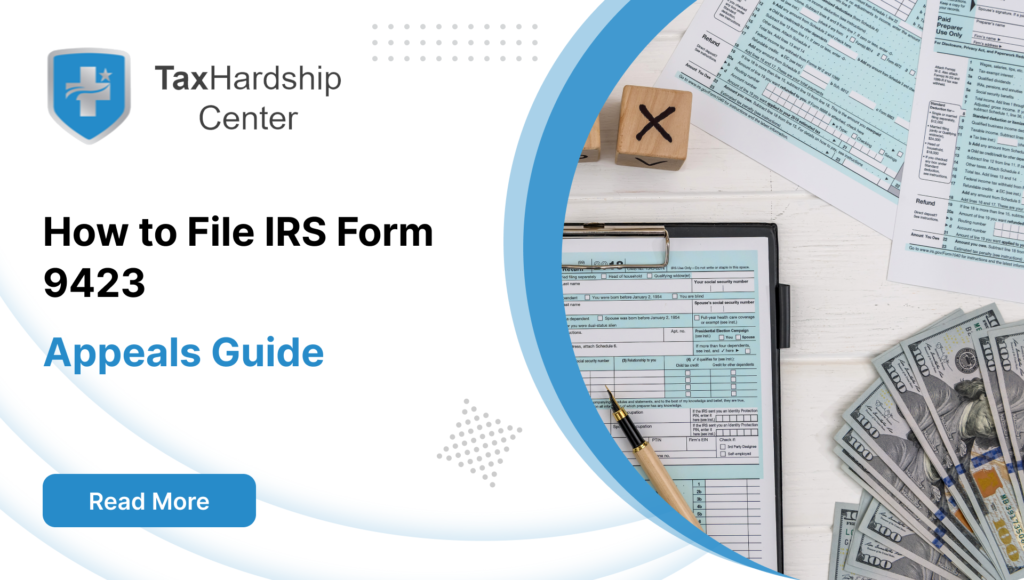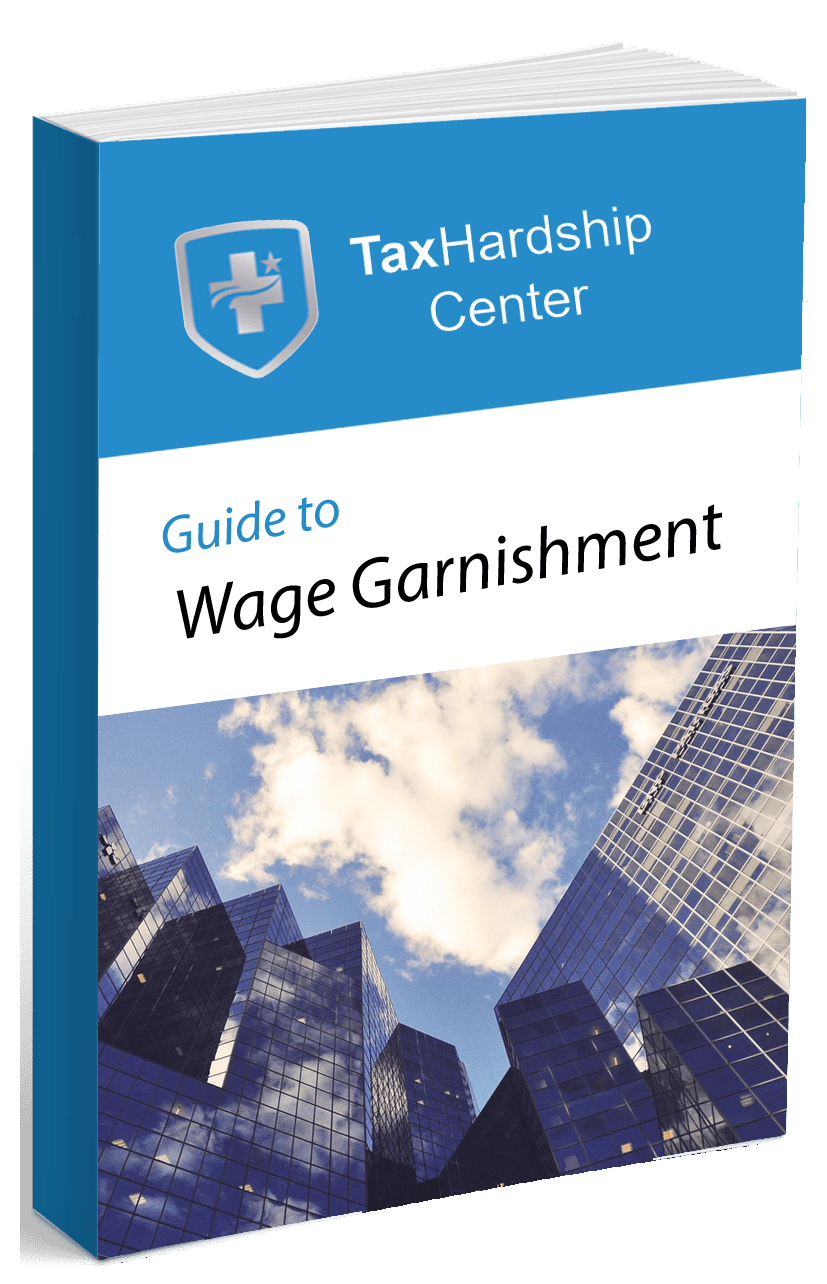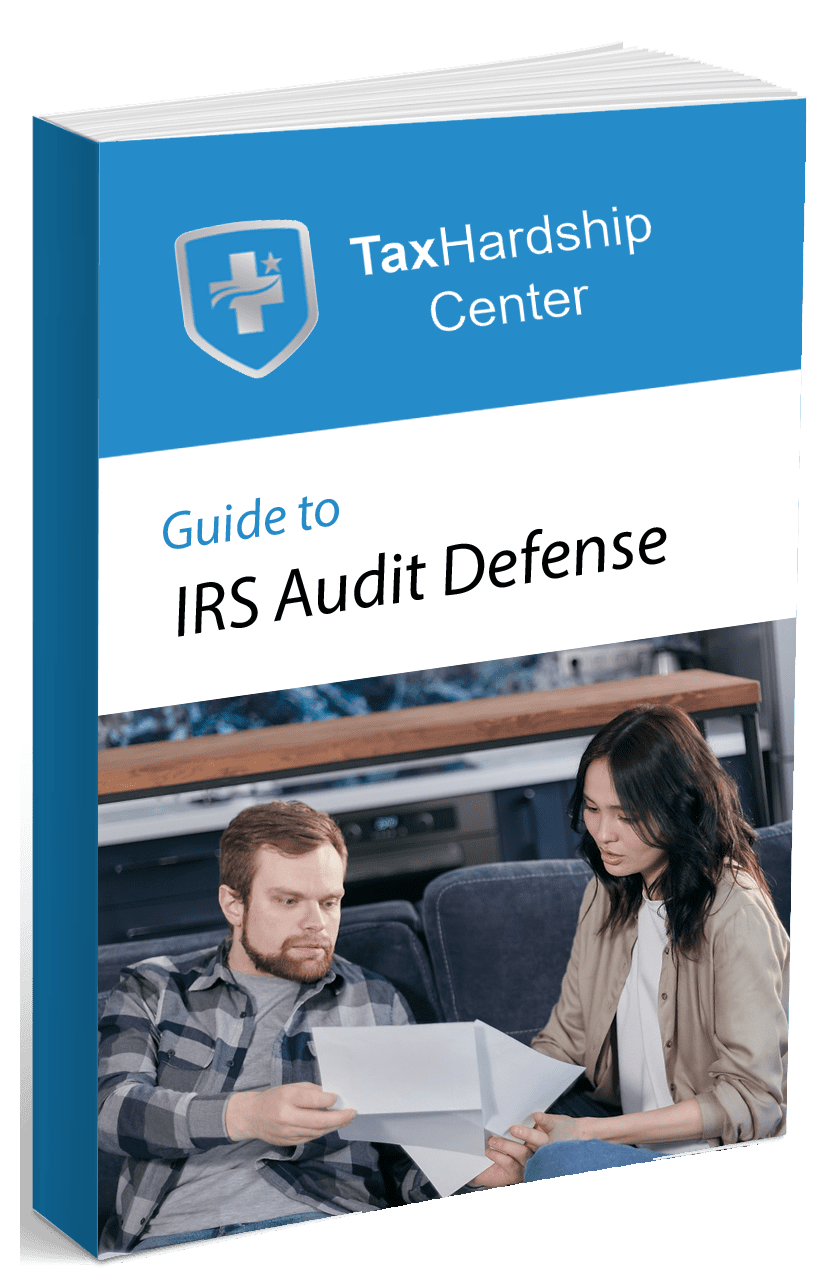When you fall behind on your federal income tax payments, one of the IRS’s go-to plays is going after your paycheck. It’s easy pickings and the law allows them to do it. If you’re facing a possible IRS wage garnishment or experiencing one you might feel helpless.
Stopping or preventing a wage garnishment on your own can be overwhelming. In this guide, we’ll break down how wage garnishments work, what triggers them, and how to prevent and stop them.
In this guide you’ll learn about:
- How wage garnishment works
- Who receives an IRS wage garnishment
- The wage garnishment process
- How to prevent and stop wage garnishment
How Wage Garnishment Works
Wage garnishment is a process which allows the IRS to legally withdraw money from an individual’s paycheck and wages in order to pay for existing tax debt. The IRS can only use the process to collect unpaid federal taxes.
Wage garnishment is a last resort option for the IRS, and should not be taken lightly. Once a wage garnishment takes place you will end up losing more money than you would have if you cooperated and used an alternative settlement method.
Who Receives an IRS Wage Garnishment
The IRS uses the power of wage garnishment to go after taxpayers who owe the IRS a substantial amount of unpaid federal income taxes or payroll taxes.
Before activating a wage garnishment the IRS is legally obligated to contact the taxpayer to inform him or her of the amount due. The agency will make several attempts to contact the taxpayer before pursuing wage garnishment.
Typically a wage garnishment is used when the taxpayer makes no attempt to contact the IRS or repay their tax liability for several months or years.
The IRS is granted a great deal of latitude when determining how much of your wages to seize. According to the tax code, the agency is only required to leave you with enough funds to pay the necessary living expenses for your household.
For example, if you have two dependents, the IRS is required to leave at least $397 of your wages per week. Any earnings over that amount they can lawfully take. However, the exact amount that is garnished varies depending on the total tax liability.
The Wage Garnishment Process
The wage garnishment process is very structured and guided by specific rules and regulations. When the IRS pursues wage garnishment, agents must follow certain procedures. The law requires the agency to conduct a wage garnishment in the following steps:
- Contact Attempts
The IRS is required to contact you multiple times before beginning a wage garnishment. This is typically a combination of phone, letters, and email.
- Written Notice of Impending Wage Garnishment
Before the IRS can activate a wage garnishment, they must first send a written notice informing you that wages will be garnished if your tax debt is not immediately satisfied.
- Proof of Unpaid Tax Liability
The IRS must provide tangible proof that your tax debt has been outstanding for a sufficient period of time to warrant a wage garnishment.
- Final Notice via Registered Mail
The last step for the IRS is sending a final written notice via registered mail. Starting from the day the letter is postmarked you’ll have 30 days to respond before the wage garnishment starts.
If you fail to respond to the notices the IRS can begin garnishing your wages. The process starts when the IRS contacts your employer and lets them know your wages will be garnished. At that point your employer is legally required to take out a portion of your paycheck and send it to the IRS. If your employer fails to cooperate, they will be held liable for the amount not garnished.
How to Prevent and Stop Wage Garnishment
If the IRS issues a written notice of an impending wage garnishment the only way to prevent it is by communicating. Some of your best options for preventing a wage garnishment include:
Make a Case for Financial Hardship
If you can document that the wage garnishment will make it impossible for you to continue living or supporting your family, the IRS may not be able to proceed. Even if they don’t stop the garnishment completely, they may reduce the amount they take.
Lower Your Income
If your income level is low enough, the IRS will have to declare your tax debt “uncollectible.” While this isn’t ideal if you’re already struggling financially, it can work in some situations.
File for Bankruptcy
In some cases, IRS tax debt can be discharged through bankruptcy. If you receive sound legal advice that suggests pursuing bankruptcy, it could be a viable option.
Pay the IRS in Full
The best way to stop an IRS wage garnishment is pay back your tax debt in full. Once your debt is cleared, the agency is required to cease the garnishment immediately. Options for paying in full might include obtaining a bank loan, borrowing money from family members, or refinancing a home or property.
Start an Installment Plan
If paying in full is not an option, you try establishing a payment plan. This shows the IRS you’re making a good faith effort to try to pay off the debt. You may be able to send payments for several years allowing you to keep your standard of living intact. The installment plan will likely be a much lower payment amount than the monthly wage garnishment.
Wage Garnishment Help
Once the wage garnishment process is set in motion, getting out of it on your own can be an overwhelming process. The Tax Hardship Center are experts in navigating wage garnishment cases and getting our clients back on track quickly and without any headaches.
A tax resolution company will evaluate your case and design a plan that gives you the best possible outcome in the shortest amount of time. They will communicate with the IRS on your behalf so you don’t have to worry about waiting on hold for hours and making sure your correspondence meets deadlines.
The Tax Hardship Center Can Help You:
- Stop wage garnishments
- Negotiate offers in compromise
- Set up installment plans
- Remove tax liens
- Remove tax levies
- Prevent the seizure of assets
- File overdue tax returns
- Set up installment plans
- Defend tax audits








